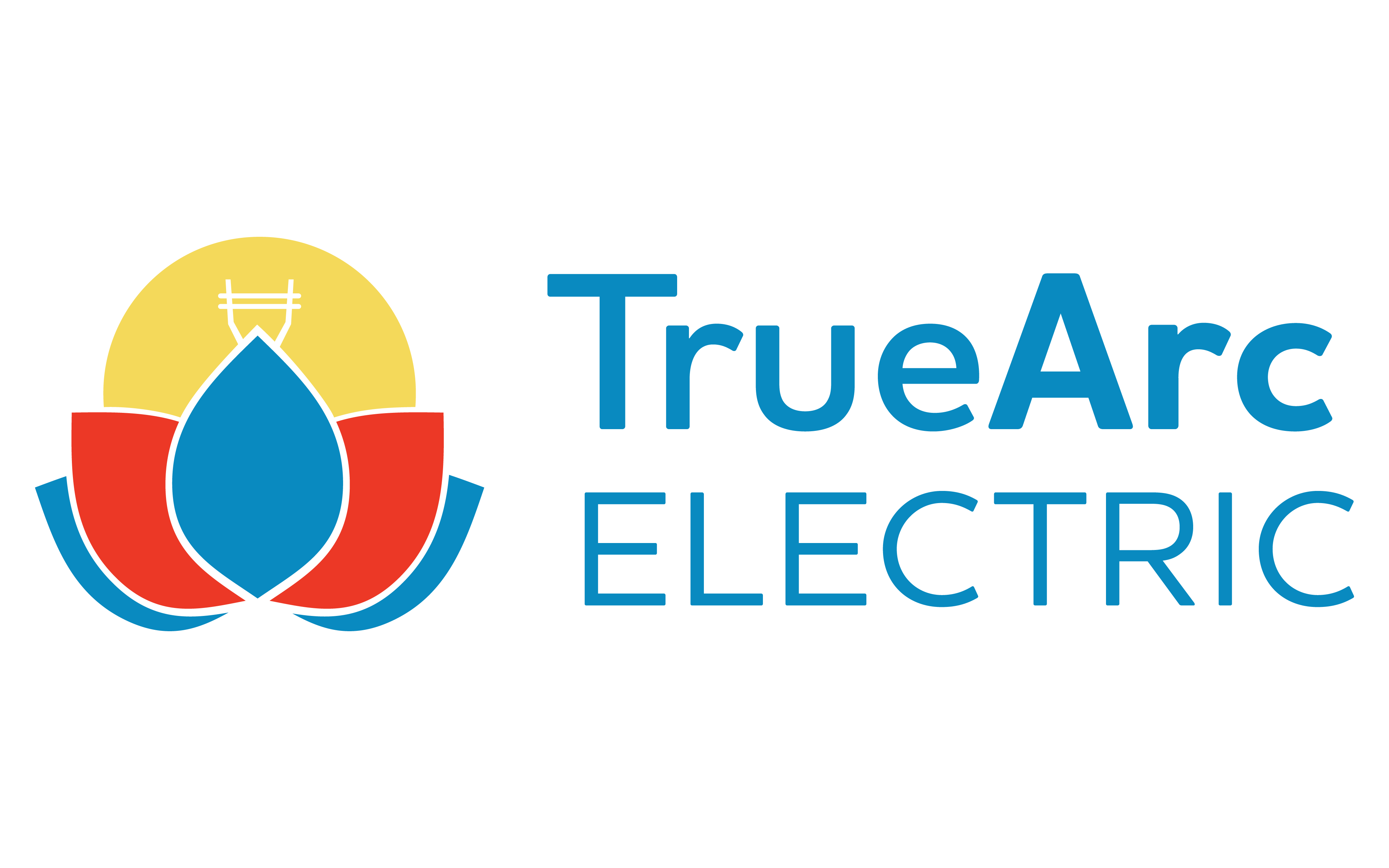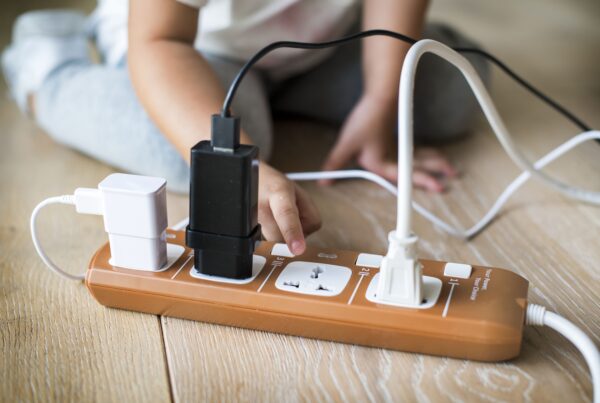As a homeowner, navigating the intricacies of your electrical system can sometimes feel daunting. From flickering lights to tripping circuit breakers, electrical issues can disrupt your daily routine and compromise safety. However, with the proper knowledge and tools, many common electrical problems can be diagnosed and resolved without professional intervention. In this comprehensive guide, brought to you by True Arc Electric, your trusted Atlanta-based electrical company, we’ll explore some of the most prevalent electrical issues homeowners encounter and provide step-by-step troubleshooting techniques to help you regain control of your electrical system.
- Tripping Circuit Breakers: Understanding the Culprits
-
- Explanation: Circuit breakers are your home’s first defense against electrical overloads. When a circuit overloads, the breaker trips, cutting off power to prevent damage and potential fire hazards.
- Troubleshooting Tips:
-
- Identify the tripped breaker by locating the one in the “off” position.
- Unplug or turn off appliances and devices connected to the affected circuit to reduce the load.
- Reset the breaker by firmly switching it back to the “on” position.
- If the breaker continues to trip, it may indicate a persistent overload or a faulty appliance. To pinpoint the issue, systematically unplug devices and reset the breaker until you identify the culprit. Consider redistributing loads or consulting a licensed electrician for further investigation.
-
- Flickering Lights: Shedding Light on Potential Causes
-
- Explanation: Flickering lights can be a nuisance, often signaling loose bulbs, poor connections, or voltage fluctuations.
- Troubleshooting Tips:
-
- Start by ensuring your bulbs are screwed securely into the fixture. Loose bulbs can cause intermittent flickering.
- Check for loose connections at the light switch or within the fixture. Tighten any loose screws or connections to ensure a secure fit.
- Install voltage stabilizers or surge protectors to regulate fluctuations in voltage, especially in older homes with inconsistent power supply.
- If flickering persists, it may indicate a more severe issue, such as faulty wiring. Consider consulting a professional electrician for a thorough inspection and resolution.
-
- Dead Outlets: Uncovering the Source of Power Loss
-
- Explanation: Dead outlets, or outlets that do not provide power, can be caused by various factors, including tripped circuit breakers, overloaded circuits, or faulty wiring.
- Troubleshooting Tips:
-
- Test the outlet with a working device to confirm whether the outlet is indeed dead or if the problem lies with the appliance.
- Check nearby outlets and switches for signs of damage or loose connections. Loose connections can interrupt the flow of electricity to the outlet.
- Reset tripped circuit breakers and tested the outlet again. If the outlet remains dead, it may require further investigation by a qualified electrician to identify and resolve the underlying issue.
-
- Electrical Shocks or Sparks: Prioritizing Safety
-
- Explanation: Electrical shocks or sparks are clear indicators of electrical hazards that require immediate attention. These issues can arise from faulty wiring, damaged appliances, or overloaded circuits.
- Troubleshooting Tips:
-
- If you experience an electrical shock, immediately disconnect the power source by unplugging the appliance or switching off the circuit breaker.
- Inspect outlets, switches, and electrical cords for signs of damage or wear. Replace damaged components promptly to prevent further incidents.
- Avoid using appliances or outlets that emit sparks or cause shocks. These issues typically indicate underlying wiring problems that require professional intervention.
- Consult a licensed electrician to investigate and address the root cause of electrical shocks or sparks to prevent potential hazards and ensure the safety of your home.
-
- High Energy Bills: Unraveling the Mystery
-
- Explanation: High energy bills can be a source of frustration for homeowners, often resulting from inefficient appliances, poor insulation, or electrical system inefficiencies.
- Troubleshooting Tips:
-
- Evaluate the energy efficiency of your appliances and consider upgrading to Energy Star-rated models. Energy-efficient appliances can significantly reduce energy consumption and lower utility bills.
- Check for drafts and improve insulation to minimize heating and cooling costs. Proper insulation helps maintain comfortable indoor temperatures while reducing the workload on your HVAC system.
- Schedule an energy audit with a qualified professional to identify areas of energy waste and inefficiency in your home’s electrical system. An energy audit can uncover hidden issues and provide actionable recommendations for improving energy efficiency.
- Implement energy-saving practices, such as turning off lights and unplugging electronics when not in use, to reduce energy consumption and lower utility bills.
-
Conclusion:
Navigating common electrical issues can be a challenging task for homeowners. However, armed with the proper knowledge and troubleshooting techniques, you can confidently address many problems. However, it’s essential to prioritize safety and seek professional assistance when dealing with complex or persistent electrical issues. At True Arc Electric, we’re dedicated to providing reliable electrical services and assisting homeowners in Atlanta with all their electrical needs. If you encounter electrical problems beyond your expertise, don’t hesitate to contact our team of skilled electricians for prompt and professional assistance. Together, let’s ensure the safety and efficiency of your home’s electrical system.



